Creative Economy
The Heart of our Vibrant Community.
Greater Seattle’s Creative Reputation is Global
From pioneering grunge music to independent film and world-class design, the region has long been a hub for artistic innovation. Icons with strong connections to our region, like August Wilson, Brandi Carlile, Dale Chihuly, David Lynch, Ethan Stowell, Jimi Hendrix, Luly Yang, Macklemore & Ryan Lewis, Minoru Yamasaki, Nirvana, Octavia E. Butler, Quincy Jones, Soundgarden, Tom Douglas, Tom Robbins, and Tom Skerritt have shaped industries and inspired generations.
The creative economy is a burgeoning industry in Greater Seattle. With 10% growth projected by 2028, the sector continues to drive innovation, economic impact, and cultural influence worldwide.
The hero graphic is hand drawn by Emma Jones.


Strength in Numbers
The creative sector – spanning gaming, film, music, design, performing arts, and digital media – generates significant economic impact, with each new job creating three additional local jobs and boosting Gross Regional Product.
Billion
Videogaming WA state GDP (2023)
Billion
Film & Publishing GRP (2023): film, television, radio, podcasts, advertising, social media, photography, video production, newspapers.
Billion
Architecture & Design GRP (2023)
Billion
Music & Fine Arts GRP (2023): music, performing & visual arts, fashion.
Leading Creative Businesses and Anchor Institutions
Greater Seattle is a hub of creativity, where diverse and vibrant culture thrives in film, music, and the performing and visual arts. Our creative industries, including gaming and film, not only enrich our cultural landscape but also create economic opportunity. From sound engineering to graphic design, rewarding career opportunities abound in each subsector of creative economy.
To explore the custom map, click the menu icon in the top left corner to view a list of subcategories. Select any category to see relevant companies on the map and click the markers for more details.
High Concentration of Creative Professionals
Greater Seattle’s creative economy employs more than 52,000 professionals across video games, film and publishing, music and fine arts, and architecture. From world-renowned game studios like Nintendo and Bungie, to the U.S. headquarters of TikTok and LinkedIn, to visionary artists, performers, and storytellers, creativity fuels the region’s economic growth and global influence.
The Hollywood of Video Gaming
Where art meets code, Greater Seattle is a global leader in creative technology, especially in gaming. Home to industry giants like Pokémon, Nintendo, Big Fish Games, Electronic Arts, Bungie, and Lost Lake Games, the region’s legacy in music, literature, and software development fuels a thriving video game sector.
Washington state ranks No. 2 in the nation for video game industry economic output, generating $13.9 billion annually and supporting 10,870 direct jobs.
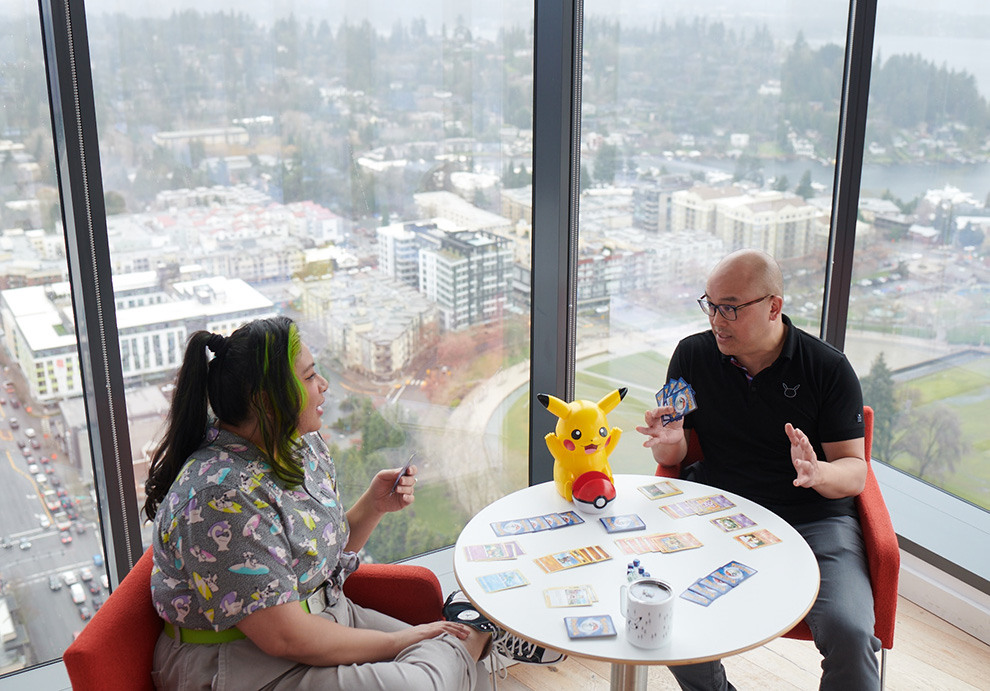
Fine Arts Take the Global Stage
From legendary venues like The Crocodile, Neumos, The Paramount, and Moore Theatre to world-class institutions like Pacific Northwest Ballet and Tacoma Urban Performing Arts, the region nurtures artists at every stage of their careers. Events like the Seattle Art Fair 2025 and Bumbershoot Arts & Music Festival continue to elevate the region’s cultural profile.
The region has produced global icons like Jimi Hendrix, Nirvana, Quincy Jones, and Macklemore, while Dale Chihuly and Luly Yang put Seattle on the global map for fine arts and fashion.
The Fine Arts subsector encompasses music, performing and visual arts, and fashion. Currently, this subsector supports 8,858 jobs, with Lightcast projecting an 12% growth from 2024 to 2028.
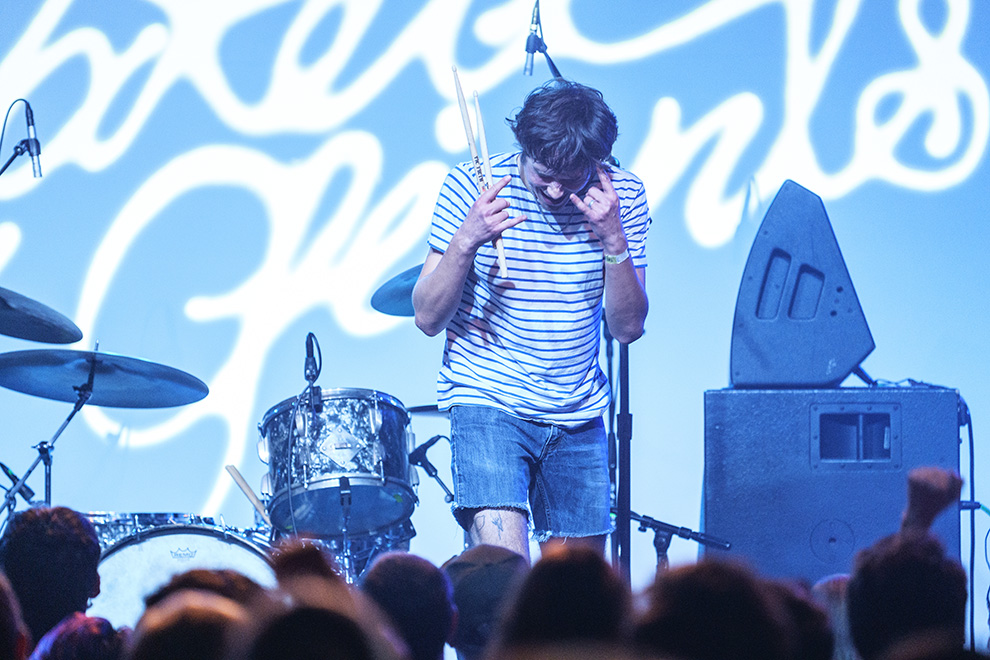
Thriving Architecture
In the heart of the Pacific Northwest, the architecture & design sector is fueled by a booming economy – home to seven Fortune 500 companies, major corporations, and startups. World-renowned firms are transforming the region with cutting-edge projects.
Architectural projects such as HOK’s Sea-Tac International Airport expansion modernizes global travel, MG2’s Costco HQ reflects corporate growth, and LMN’s Overlook Walk bridges downtown to the waterfront. Current development of Microsoft’s sustainable campus and Meta’s new “Building Z” designed by Gehry Partners we are pushing the boundaries of design and technology.
Major commercial developments like the Seattle Convention Center expansion, Tacoma’s waterfront revival that complement the natural environment, and Everett’s redevelopment are driving economic growth.
The Architecture & Design, including graphic design, subsector supports 9,498 jobs.
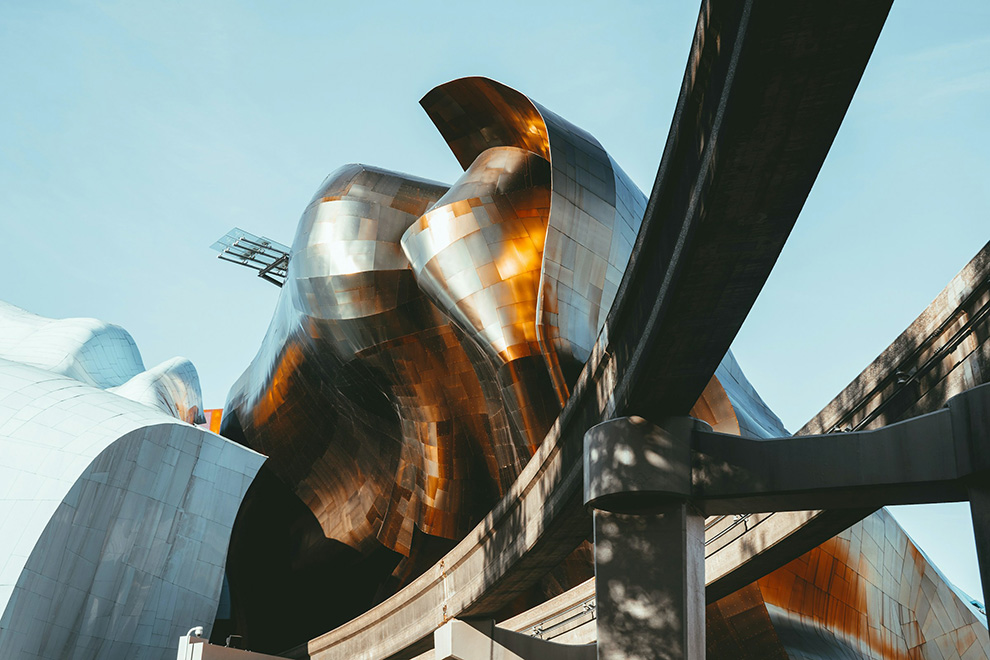
We Reach the World
Greater Seattle’s publishing sector includes film, TV, radio, podcasts, advertising, social media, photography, print, and video production. Meta, LinkedIn, and other social media giants have R&D hubs here.
The region’s film industry has received a major boost with Washington State increasing the Motion Picture Competitiveness Program funding from $3.5 million to $15 million annually. Paramount is currently filming in the area, taking advantage of Seattle’s production infrastructure, including Harbor Island Studios— the city’s new full-service film studio designed to attract major productions.
Top agencies like Mekanism and DNA Seattle lead in advertising, while Marquand Books and Two Sylvias Press enrich the literary world.
The Publishing subsector encompasses film, television, radio, podcasts, advertising, social media, photography, video production. Currently, this subsector supports 23,536 jobs, with Lightcast projecting an 8% growth from 2024 to 2028.
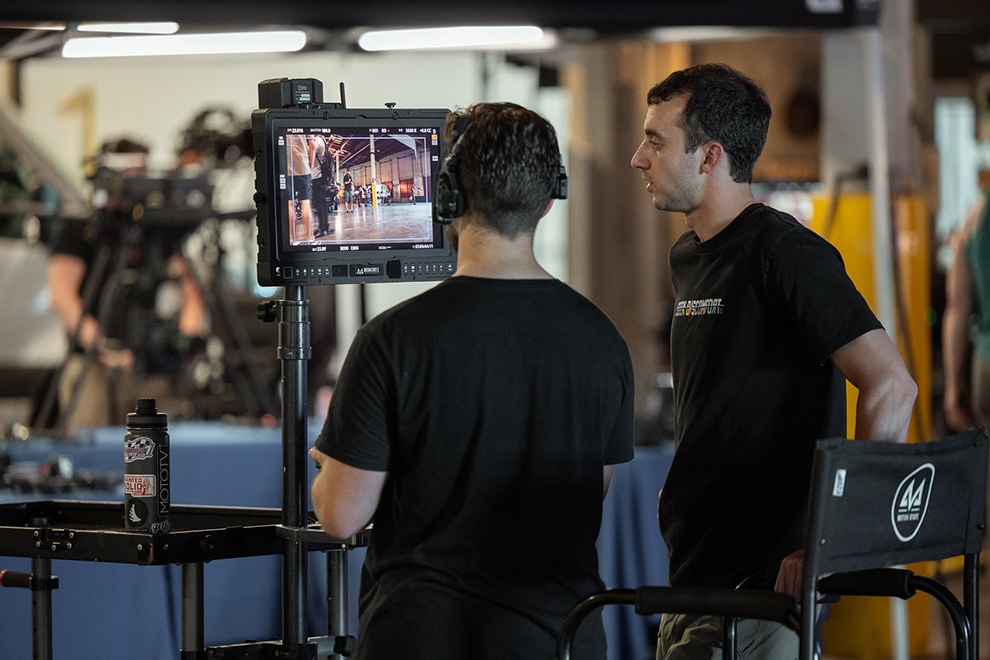
Pacific Northwest Ballet company dancers in Crystal Pite’s Emergence. Photo © Angela Sterling.
Key Organizations Driving Greater Seattle’s Cultural Vibrancy
- Artist Trust – A nonprofit organization that empowers Washington State artists through direct grants, professional development, and career resources. Artist Trust supports artists in all disciplines, helping them sustain their creative practices.
- King County Resources – King County offers various programs supporting the creative economy, including 4Culture, which provides grants for artists, heritage projects, and public art initiatives. The Office of Economic Opportunity and Creative Economy also works to integrate arts, culture, and economic development, ensuring equitable access to resources for creative professionals. Key initiatives of the office include Cloudbreak Music Festival and Harbor Island Studios.
- Path with Art – A nonprofit that provides arts engagement programs for individuals recovering from trauma, homelessness, or other life challenges. Path with Art integrates creative expression into social services, offering workshops, performances, and exhibitions.
- Seattle Chamber of Commerce – The Seattle Metropolitan Chamber of Commerce advocates for the local business community, including creative industries. It provides networking, policy advocacy, and business development programs that support entrepreneurs, including those in arts, design, and media.
- Seattle Office of Arts & Culture – This city agency funds and supports artists, cultural organizations, and public art projects. Through initiatives like the Cultural Space Agency, it helps preserve and develop spaces for creative work. It also administers the City Light 1% for the Arts program, which allocates 1% of city capital improvement projects to public art.
- Spaceworks Tacoma – A program that provides artists and creative entrepreneurs with business training, mentorship, and access to vacant commercial spaces in Tacoma. Spaceworks fosters a thriving creative economy by activating underutilized spaces with art and innovation.
- StartUp Washington – An initiative by the Washington State Department of Commerce, StartUp Washington supports entrepreneurs across industries, including the creative sector. It offers funding opportunities, mentorship, and training programs to help startups and small businesses grow.
- Station Space at King Street Station – A youth-centered arts education space at King Street Station, Seattle’s 120-year-old passenger rail station. This 10,000 square foot youth arts empowerment lab includes three recording studios, a black box theater, an arts resource center, a luthier shop, and multiple classrooms, meeting spaces, and offices for the nonprofit partners.
- Tacoma Arts Live –Tacoma Arts Live‘s Accelerating Creative Enterprise (ACE) program provides training, mentorship, and resources for creative entrepreneurs in Tacoma. It supports artists, makers, and small businesses in developing sustainable careers by offering workshops, networking opportunities, and access to funding.
- Urban ArtWorks – A nonprofit that empowers youth and emerging artists through public art projects. Urban ArtWorks collaborates with communities to create murals and installations that reflect local culture while providing job training and creative opportunities.
- Vera Project – A nonprofit arts, music and civic engagement organization led by and for youth. The Vera Project offers year-round skills training in audio engineering, show production, media production and nonprofit leadership.
Greater Seattle Creative Districts
The Washington State Arts Commission’s Creative Districts program is designed to help communities across the state leverage their cultural resources into economic growth. A Certified Creative District is a designated area recognized for its vibrant arts and cultural activities, serving as a hub for creative enterprises and community engagement. These districts aim to enhance local economies, attract visitors, and improve the quality of life for residents by fostering a concentration of artistic and cultural experiences.
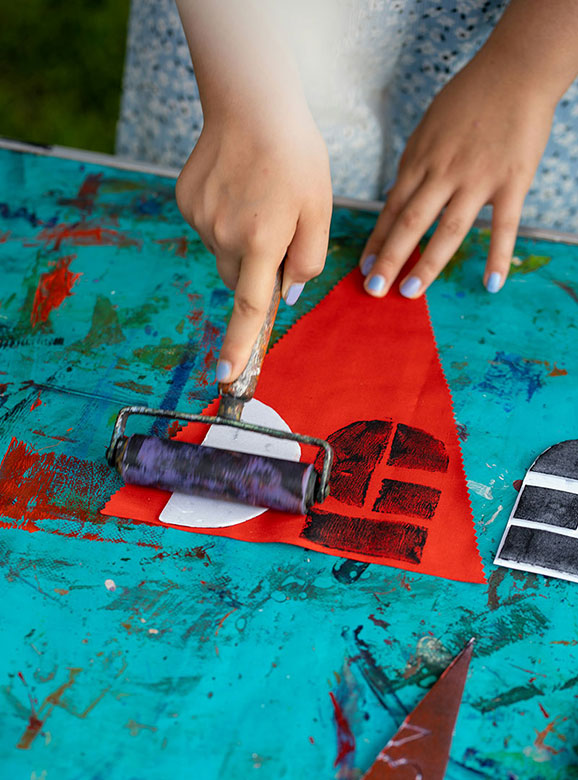
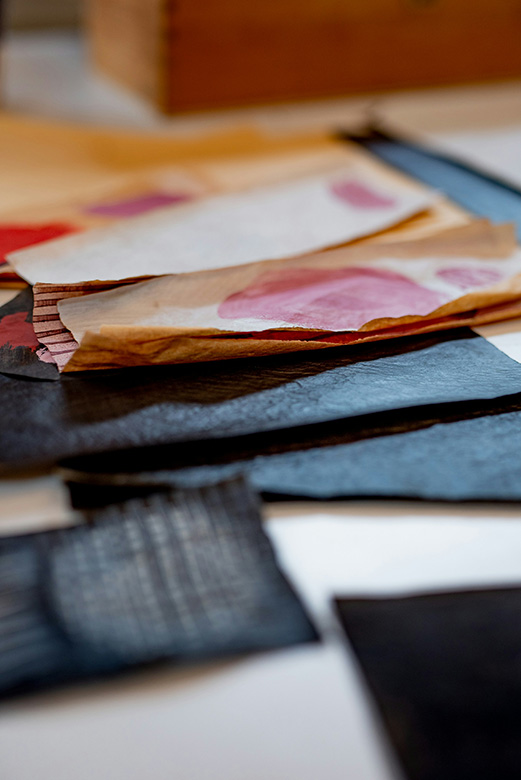
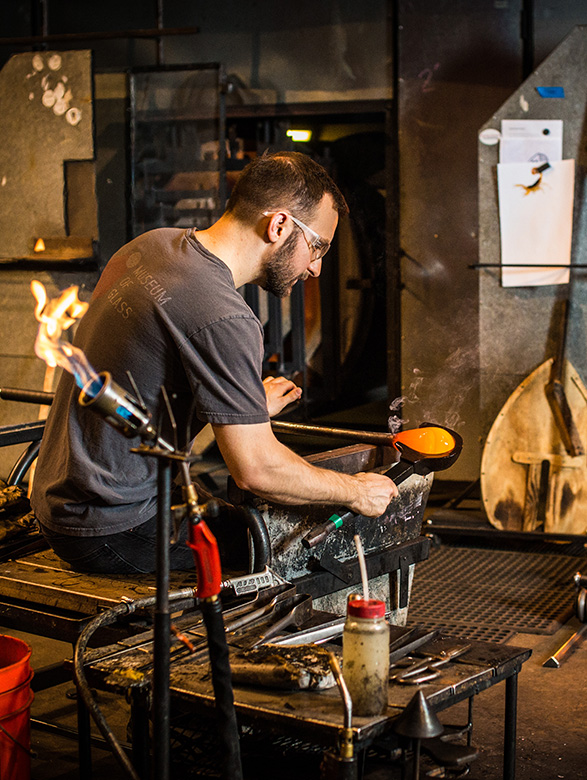
Future-Proofing the Economy
By investing in the Creative Economy, Greater Seattle fosters economic resilience, social equity, and global competitiveness, making it a thriving and dynamic place to live, work, and innovate.
Creative Economy Incentives
No personal state income tax
1% for the Arts Program
Small Business Loans
Small Business Services such as FLEX Fund
Washington State Cultural Access
Motion Picture Competitiveness Program increased funding to $15 million annually
Arts and Culture Fund – funded by Seattle Admissions Tax
Lodging Tax
Seattle OED Grants
ArtsFund Grants
